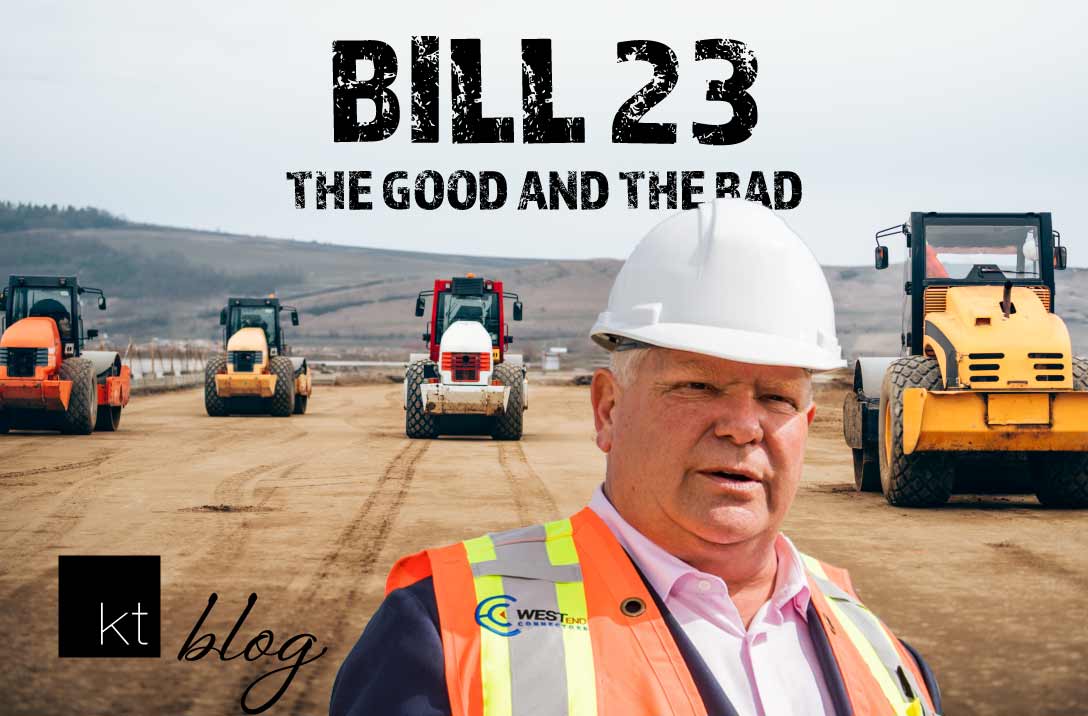The Province of Ontario has introduced Bill 23, the More Homes Built Faster Act, 2022. This controversial bill encourages the creation of 1.5 million homes over the next ten years.
The bill proposes sweeping changes that will have economic, social, and environmental implications.
One of the most controversial aspects of Bill 23 is the removal of a number of the criteria the conservation authorities have in determining whether or not a development is approved.
Speak with any developer, and they’ll tell you conservation authorities are not their friends. Ask an environmentalist, and they’ll tell you that imposing urban sprawl over our forests, farmland, and natural areas endangers wildlife and risks soil erosion and groundwater filtration.
One of the most contentious issues is regarding the cutting of greenbelt land, something Doug Ford tried to do before but backed down after drawing widespread criticism stating, “The people have spoken — we won’t touch the Greenbelt. Very simple. That’s it, the people have spoken. I’m going to listen to them. They don’t want me to touch the Greenbelt; we won’t touch the Greenbelt.”
Will Doug Ford’s new legislation affect the value of rural properties? With agricultural zoning not far from town, new legislative talks about easing the process for developers to be able to build more properties and higher density is also a concern.
Proposed changes to the Ontario Heritage Act through Bill 23 are also a matter of interest for heritage committees that fear it could lead to the demolition of historic properties.
That being said, many feel that Bill 23 is simply a way to make it easier for more people to have places to live. It will increase the housing supply in the province by speeding up construction and providing more affordable housing options for families.
Is an increase in downtown hi-rise developments a good way to increase housing density and grow local businesses in the core area, or does it infringe on the character of the community?
Go to 2:35 of the podcast to hear Adrian and Ariel debate about where they should and shouldn’t build hi-rises in downtown Milton.
Building Tiny Homes in Ontario
Another option to increase housing supply and density is to build tiny homes. Some municipalities permit the construction of a secondary dwelling on their properties as long as they meet the requirements such as:
- Varying footprint and lot coverage limitations
- Set-back requirements
- Height limits
Would you live in a 250-square-foot home?
Tell us your thoughts.





